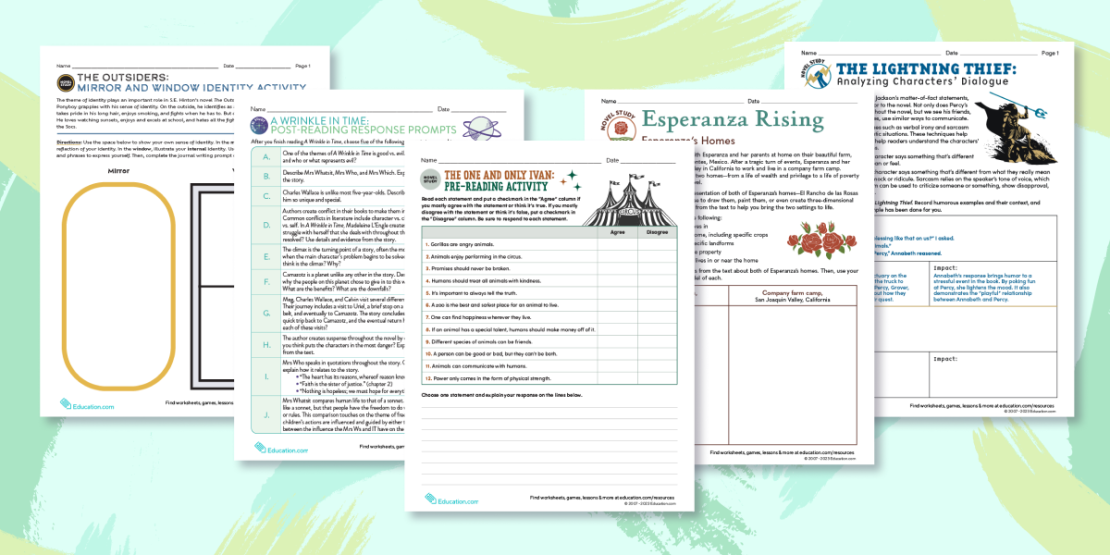In daily life, we often see such scenes: when going to the mall, a child cries in front of the store because his parents refuse to buy a certain toy; when he is urged to do homework, the child shouts in anger, throws down his pen and runs out of the room. Dealing with a child who throws tantrums is a challenge that almost every parent must face.
When a child loses his temper, different parents may adopt different coping strategies: some parents will encourage their children to express their emotions, some parents will scold their children for being “ignorant”, and some parents will choose to leave their children alone. So, what are the impacts of different coping styles? How do these effects work?
Parents’ Four Meta-Emotion Concepts
According to the Theory of Planned Behavior (TPB) proposed by Ajzen (1991), parents’ strategies for coping with their children’s negative emotions largely depend on how they view their children’s negative emotions. Parents’ cognitive attitudes and emotional response characteristics when facing their own or their children’s emotional behaviors are called Parental Meta Emotion Philosophy (PMEP), which is also an important indicator of parents’ emotional socialization (Gottman et al., 1996).
Current research summarizes parents’ meta-emotional concepts into the following four types (Yeh, 2002). Different meta-emotional concepts will affect the emotional expression and emotional response of parents and children when they interact, forming different emotional response strategies and patterns.
Emotion Coaching
- If parents think that their children’s expression of emotions is positive and regard it as an opportunity to increase the intimacy between the two parties, they are more likely to hold the concept of emotional education, take more positive measures to face their children’s negative emotions, respect their children’s emotions and give attention and guidance.
Emotion Noninvolvement
- Holding the concept of emotional non-interference may correspond to a relatively neutral attitude, that is, parents have no special attitude or intention toward their children’s negative emotional reactions, so they display a coping strategy of letting their children express their emotions freely without interfering or reacting.
Emotion Dismissing
- If some parents reject children’s negative emotions and believe that children should not lose their temper with their parents, they are more likely to express negative emotions such as anger, and then respond to their children’s emotions in a non-supportive manner, such as anger or scolding. This concept It’s called emotional noninvolvement.
Emotion Dysfunction
- Some parents may lack sufficient emotional ability, and thus feel at a loss when faced with the negative emotions displayed by their children, and find it difficult to regulate their own and their children’s negative emotions well, which is called emotion dysfunction.
Parents’ Metaemotional Concepts and Children’s Emotional and Behavioral Problems
If a child “loses his temper” at home and expresses negative emotions, what impact will parents’ different meta-emotional concepts have on the child’s performance?
The research conclusions on the two meta-emotional concepts of emotional rejection and emotion disorder are relatively consistent, and it is believed that these two meta-emotional concepts hurt children.
Research has found that if parents adhere to the concept of emotional rejection, their children are more likely to develop maladaptive behaviors (Lunkenheimer et al., 2007); this may also lead to negative emotions and disciplinary and aggressive behaviors in children (Liang et al., 2020 ).
Parents’ emotional disorders are not conducive to creating a good family emotional atmosphere; when children express their emotions, if parents cannot “catch” their children’s emotions well, it will be difficult for children to acquire good emotional regulation abilities in parent-child interactions.
Research results on emotion teaching strategies are somewhat divergent. On the one hand, according to social learning theory (Bandura, 1978), parents’ attention and support for children’s negative emotions will help children acquire emotional abilities and reduce children’s emotional and behavioral problems (Gottman et al., 1996; Rodas et al., 2017).
On the other hand, however, the effects of emotional coaching are not always so positive. For example, research has shown that for children with high levels of aggression, mothers who adopt more emotion-teaching strategies to encourage their children to express negative emotions may lead to more negative parent-child interactions and negative emotions (Katz & Windecker-Nelson, 2004). At the same time, over-involvement or over-protective parenting styles are also detrimental to children’s physical and mental health and may lead to more internalizing problems, such as depression (Bayer et al., 2006).
Finally, the effects of emotional non-interference are controversial. According to the behaviorist perspective (Skinner, 1985), parents who allow their children to express their emotions without interfering can gradually subside negative emotional expressions and may reduce children’s external behavior problems. However, according to attachment theory (Bowlby, 1982), parents’ non-interference strategy may reduce the bond between parent and child, leading to an alienated parent-child interaction pattern, leading to an increase in parent-child conflicts and child problem behaviors.
At present, there are few studies on the emotionally non-interference strategy, and there is not enough research evidence to support whether it is an effective strategy for dealing with children’s emotional and behavioral problems. However, the existing research results tend to show that it is not a positive strategy. coping strategies (Chang et al., 2023; Liang et al., 2012).
Generally speaking, among the four meta-emotional concepts, although emotional teaching has two sides, it is still the most desirable coping strategy.
What Can Parents Do When Their Child Loses His Temper?
Children’s emotions do not appear without reason. Behind those seemingly “unreasonable” behaviors may actually hide emotional appeals that the child cannot express or is unwilling to express directly.
Therefore, when faced with a child’s tantrums, parents may need to adopt some listening and communication strategies to dig deeper into the child’s true inner voice.
Before communicating with your child, stabilize your emotions first
- Faced with a child who is throwing a tantrum, many parents can easily collapse and be swayed by their child’s emotions, which eventually turns into a heated argument with their child. However, this kind of interaction can easily fall into a “vicious cycle.”
- Because in the process of interacting and arguing with parents, children will subtly learn their parents’ ways of handling and expressing emotions. If parents are always irritable and impatient during communication with their children, or even use violence to end the quarrel, it is easy to pass on this emotional processing model to their children and unknowingly let them establish a similar ” You should use this tone and communication method when communicating with your parents” or the belief that “only violence can resolve conflicts”, which may lead to a bad family emotional atmosphere in the long run.
- Therefore, in the process of communicating with their children, parents first need to strive to maintain emotional stability and communicate with their children gently and patiently. If you find that you have not controlled your emotions for a while, you can also take the initiative to apologize to your children and set an example for your children to regulate their emotions.
Provide children with some techniques to regulate their emotions
- In daily life, parents can teach their children some emotional expression and regulation skills, and guide them to express their emotions in a gentler way, such as talking to their parents or friends, writing diaries or drawing, or imagining themselves in their minds. To vent anger.
- You can also create a “positive time-out corner” with your child – first, choose and arrange a small space with your child, such as a corner of the room where rugs and stuffed animals are placed. Then work with your child to give the place a name, which can bring a good sense of ritual to your child.
- When a child feels like losing his temper, this place can become an emotional “buffer point” where he can go to calm down his emotions. For example, you can tell your child, “This is a secret base for you. If you feel unhappy or angry in the future, don’t rush to quarrel with your parents. You can stay here for a while. No one will disturb you. Here are some things to let you know.” The magic that slowly makes you happy.”
Conclusion
When faced with children who “lose their temper”, we still need to be more patient, listen carefully to the children’s voices, accept their emotions, and try to teach them how to properly regulate their emotions.




